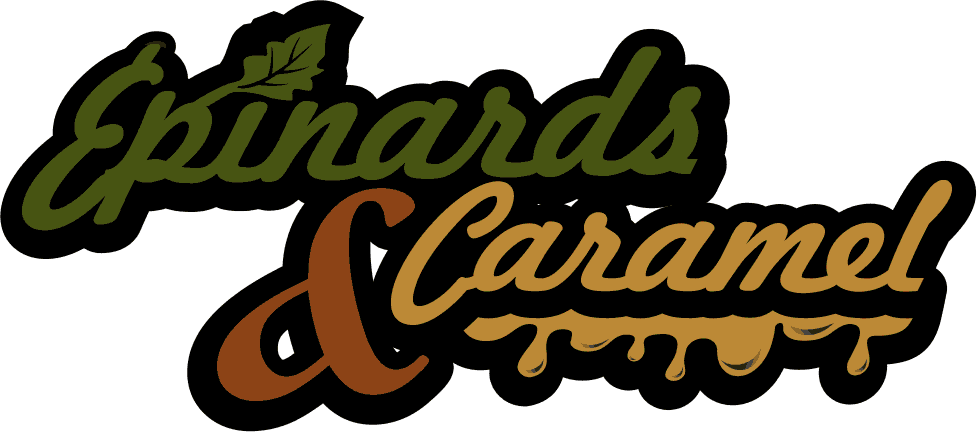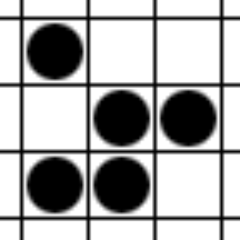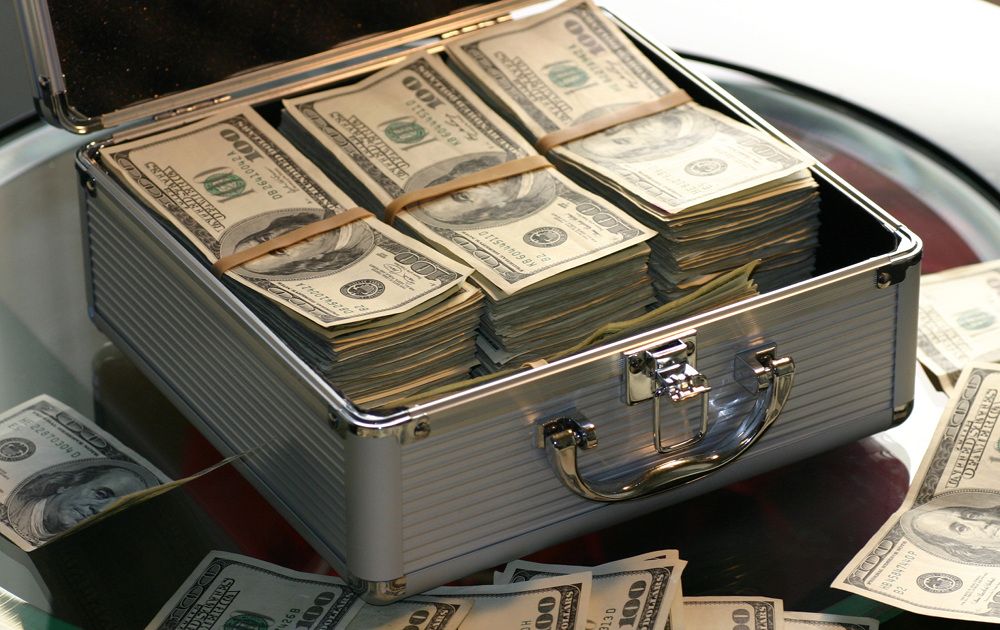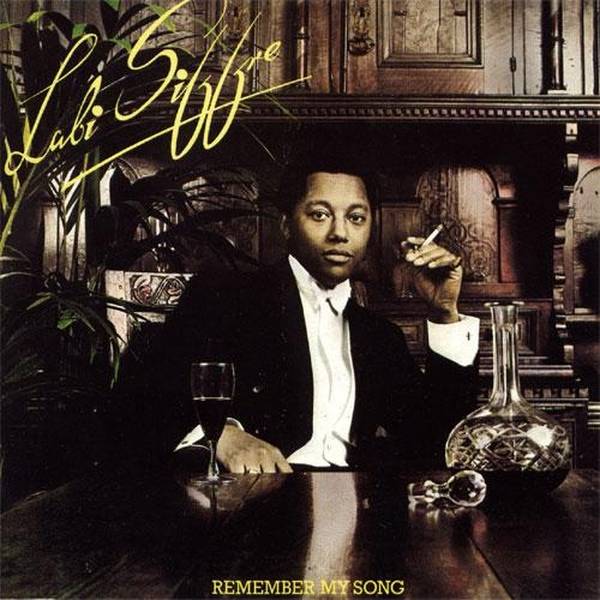Sessions 4 through 7 of TED 2013 were really inspiring and made you want to do something, a sense of urgency implied by the "!" in the title of each of the day's sessions.
Session 4 : Disrupt!
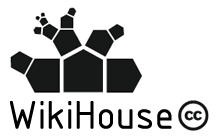
The day begins with a talk by architect Alastair Parvin, onstage to imagine the future of his field. Alastair sees architecture evolving with the internet, allowing the free exchange of building plans, making every one an amateur architect. Thanks to technologies like 3D printers and CNC machines, and frameworks like the Creative Commons licence, he founded "Wikihouse", where he creates and distributes plans. Like Ikea® instructions, the plans are fool-proof, no piece is too heavy to be lifted by men, and things are designed so that they cannot be put upside down.
All this sharing of plans and open sourcing technology reminds me of "Fair Trade Electronics", a topic I discovered last year at TEDxParisSalon.
In order to keep this article short I won't go into details concerning some of talks, including the demonstration of electric skateboards by Sanjay Dastoor, the yoyo skills of BLACK, and the words of the artist Lesley Perkes, where I had a hard time finding the point.
Technology was well featured in this session, with a talk by Danny Hillis on the history of the Internet, how we have been using the same building blocks for 30 years, and that we need a backup, a "plan B" for the net, a topic we'll be revisiting in later sessions.
Next came Sergey Brin, co-founder of Google, wearing a prototype of the hyper-hyped "google glass project" on his nose. I wonder how you are supposed to put them on when you already wear glasses :). Is it going to be too distracting ? Sergey asserts that it is less distracting than looking down to you smartphone or tablet.
The camera still looks big, I hope that will change before the release of the glasses to the public, which should cost about 1,500$ for the first adopters (glups).
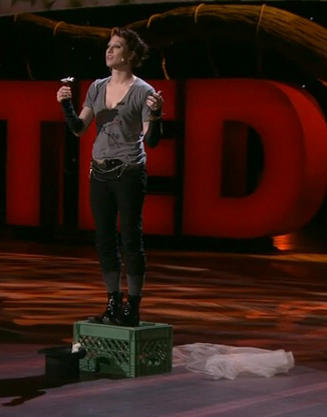
Next came onstage Amanda Palmer, former member of The Dreden Dolls, which Wikipedia informs me in "Brechtian punk cabaret". She brought a lot of entertainmenet and energy to her talk, mentionning that the music business was evolving, with challenges like piracy, the use of music labels versus crowd funding. In Amanda's words, "how do we let people pay for music ?"
The final speaker of the session was Larry Lessig, with a talk on American politics, dominated by money, funding and contributions. Members of Congress spend 70% of their time asking for money, a number I had heard on NPR's Planet Money. Lessig urged the TEDsters to do something now, to empower the voters and reduce the influence of money in Washington.
Session 5 : Dream!
Let's dream. We open with an intersting dance number, choreagraphed by the brothers Rich & Tone Talauega, and with performers from all over the world.
Following was an interview, not a talk, of Elon Musk, a serial entrepreneur who seem to have supernatural powers in making any endeouver work, wether it's electric cars (Tesla Motors), payments over the web (PayPal), or… space travel & exploration (SpaceX). Elon Musk also serves as the CEO of SolarCity, a business which greatly reduce the initial cost of an installation of solar panels, creating a giant, distributed, utility.
He also mentionned that some of his companies do not apply for patents, since their competitors are governments ^^;
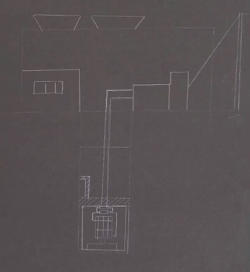
Keeping in the world of energy and the environment, Musk was followed by Taylor Wilson, the high-school student that worked on nuclear fusion, back to TED for the second year in a row. He showed his new project, and undergroung nuclear reactor, which would be safer, more productive, and that would use old nuclear warheads as fuel ! Graduating from high school soon (okay…), Wilson followed the advice of Peter Thiel and the Thiel fondation, that advice young entrepreneurs to forgo college completly and start their own ventures right away.
Taylor Wilson's new reactor should have a prototype in 2 years, and be ready for market in 5. Just like Elon Musk, he doesn't file patents due to his competitors being states ^^;.
We kept dreaming with the next speaker, the neuroscientist Mary Lou Jepsen, a member of the Google X Lab, where Google works in secret on all kinds of cool toys. The work she presented came before her involvement with Google, and is focused on using MRI technology to have computers understand our mental images, leapfroging language completly.
During her research, she should test subjects a series of videos, while recording their brain scans. Using that info, a computer was then ask to try and guess what new video the subject was seing, using only the brain scans. The result, while still very rough, is jaw-dropping :
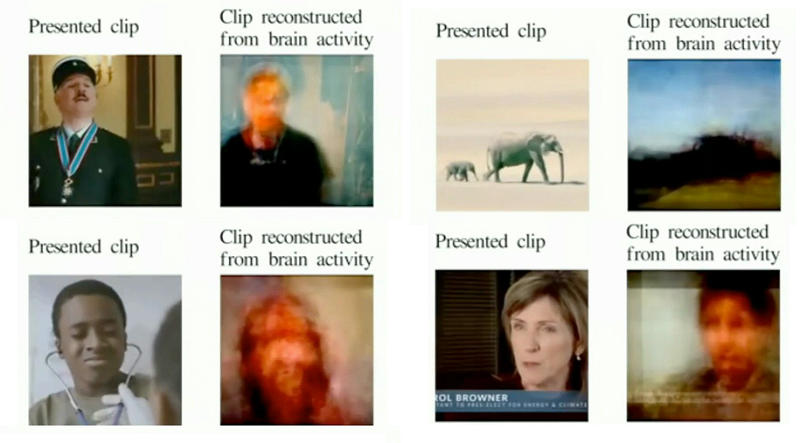 |
To improve this field of research, we're goinf to need bigger and better magnets, the aim being a thousnad-fold increase in the scans precision.
This of course is a bit scary, we immediatly think of Big Brother reading our thoughts, but this technology could unlock so many innovations !
At this point I was already amazed by this session, but there was more to think about. Way more. Stewart Brand gave a talk on the extinction of species, "a special kind of death".
We humans do much harm to the enviroment, we all know that. But could we, somehow, reverse what we have done ? Is it possible to bring back to life these lost animals, Jurassic Park-style ? Should we ?
This is the theme of the book REGENESIS : synthetic biology. We have the DNA of a lot of lost species, either in "frozen zoos", or as ancient DNA in specimens in natural history museums. In the talk we got to hear a lot of cool new words, like "de-extinction", or "synthetic hybridisation" (close species, different alleles) ^^;
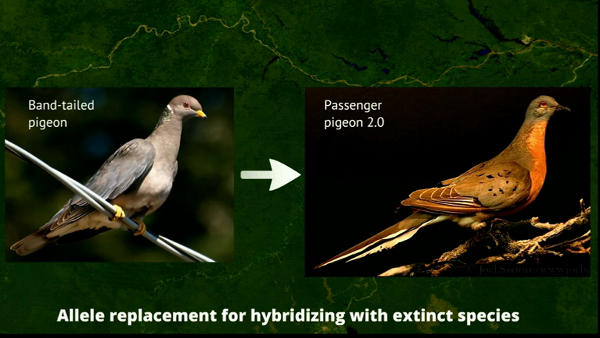 |
So there we are. De-extinction is becoming a possibility, and we need to ask ourselves if we can create ancient animals, even if it's to fix our past mistakes.
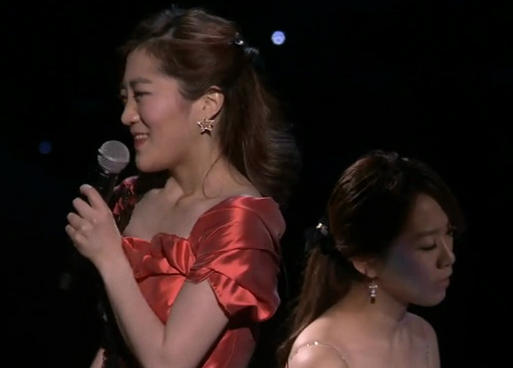
The session ended with the musical talent of Ji-Hae Park, a violinist from Seoul. She has suffered from depression, and the music helped "free her from the pressure of being succesful". A beautiful performance, but she looks so sad when she plays !
Session 6 : Create!
This is session is all about creators, and starts with a talk by Martin Villeneuve, a quebec filmaker. His new movie, Mars & avril, imagines a sci-fi Montreal, with some impressive special effects. Villeneuve recounted the creation of the movie, a project that took years, but that cost a fraction of a big Hollywood production. The talk is all about French Canada; he mentioned Montreal, Quebec, even Cirque du Soleil :). The point of his talk was that constraints in art improve creativity, something we've already heard.
We then got to hear Andrew McAfee, a researcher from the MIT, on the future of jobs, robots, and the need for a guaranteed minimum income.
(quote ford cars)
The designer Jinsop Lee gave a talk on design. While he is a talented designer, I wasn't impressed with his way to graph experiences along the "five" senses.
A bit later we saw Yu "Jordy" Fu, an artist who creates 3D "clouds" using techniques similar to papercutting. She also does interior design, and the result is impressive ! The talk did feel a litle too long, though.
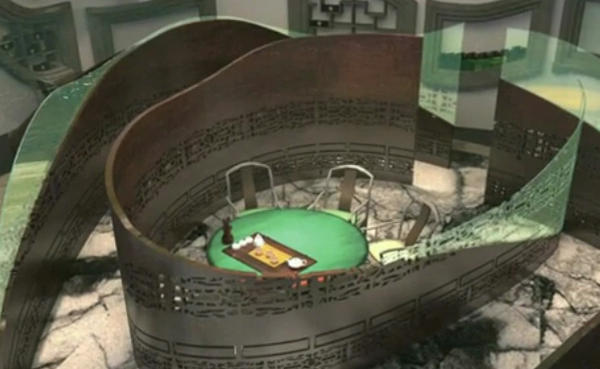
I didn't know the next speaker, but I'm a fan of her and her team's work now :). Jacky Myint is an interactive designer working for the New York Times, producing amazing interactive "stories", that touch the future of the web technologies, bringing together text, images, videos and data in a way that is both beautiful and useful.
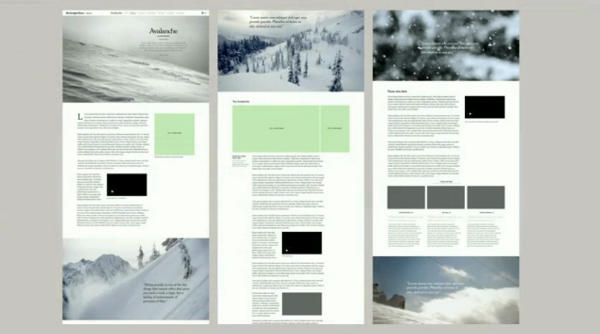
We then discovered the work of Kate Stone, who works with "interactive paper", paper that is sensitive to touch and can be programmed to perfom all kinds of actions, from music to sharing on Facebook :).
The session ended with an amazing talk by another 15-years old scientist, Jack Andraka. After the loss of a family member due to pancreatic cancer, Jack decided to learn everything he could about the condition, and discovered that the test to diagnose it was an old system, inacurate and costing up to 800$. Using the Interwebs, he was able to find a protein that, present in high concentration in the blood, indicated a pancreatic cancer in its early stages of developemnt. After having contacted 200 labs and got 199 refusals, he created a paper test to look for that protein, a paper sensor costing about 3¢.
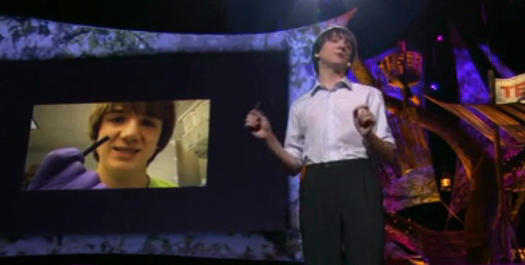
So, yeah Internet, a neutral space where everyone can become a medical researcher :). Remember that when someone badmouthes Wikipedia !
Session 7 : Sustain!
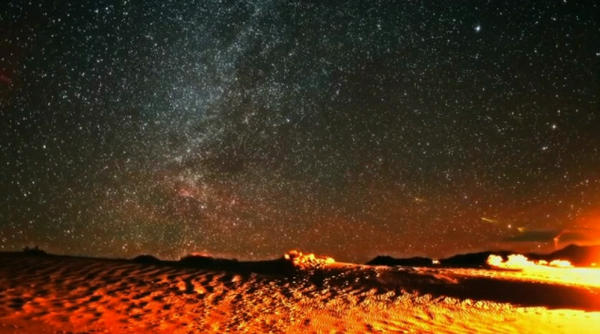
The final session of the day opens with some amazing shots of the night sky in a desert, then jumps right in with a performance by Amanda Palmer. She's starting to grow on me :). She did a song on a ukulele, encouraging everyone to "minimize a stranger's sadness" by playing the ukulele, a fun little instrument.
But the real topic of the session is sustainability, and we get into the topic with Leyla Acaroglu's talk. People are more and more touched by environmental concerns, but things are much more complicated than advertisers would have you believe.
The word "biodegradable", for instance, doesn't really apply when your trash is put in a giant pile of garbage in a dump, where things do not degrade.
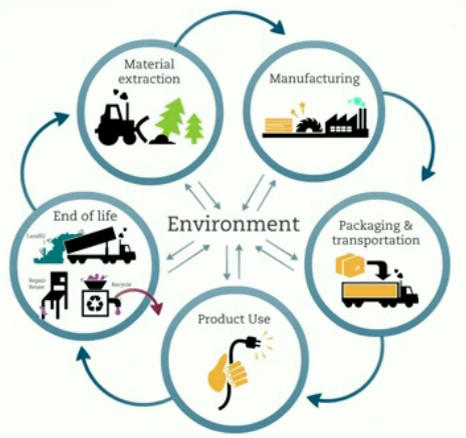
We need to redesing the objects we use everyday to change behaviors & reduce waste, a much bigger problem than choosing a paper bag over plastic at the grocery store. It's all about usage, not material x or y.
As always, don't listen to marketing-speak, and get informed :)
Ron Finley lives in South Central, and told us that it is a real "food desert", where you can only find fast food and drive-thrus. He decide to reclaim vacant lots, and unused land in his city to create gardens. The city told him he was not allowed to do that, but he talked to the press and they changed their tune :).
Ron Finley is a "gangster gardener", but his main goal is to make people grow their own food, not just make the city beautiful. I really like this idea ; you can read more about things like "guerrilla gardening" on wikipedia.
Miranda Wang and Jeanny Yao came together on stage to present their resarch, into a strain of bacteria that could be used to break down the bits of plastic that are now, sadly, all over the oceans :(.
They were followed by Alex Laskey, with a talk on climate change and behavior science. His company Opower speaks with utility providers to promote energy efficiency. They create personalized energy reports (yeah ! Data visualization FTW !) to make people want to save energy, mostly using social pressure, as in "you use 25% more energy than in similar homes".
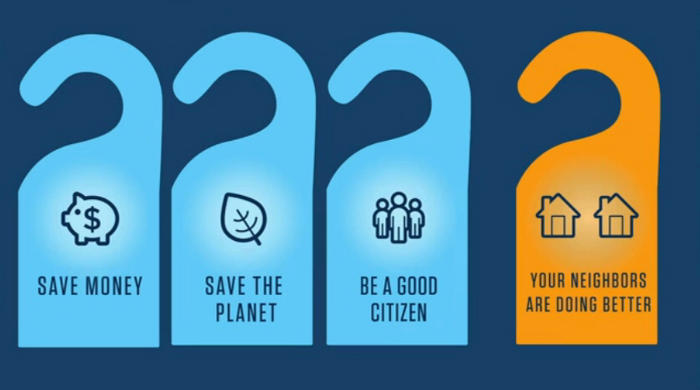
After a musical break by the Pedrito Martinez Group, an afro-cuban troupe playing fast paced songs, we heard Michael Green, an architect who reminded us that a large percentage of greehouse gases are produced not by cars, but by construction, steel and concrete. He advocates for the use of wood, and has developed a creative commons solution, big wood panels that are strong and fire retardant. His project looks promising, but he faces some reticence from some, and legal barrier that limit the height a wood building can achieve.
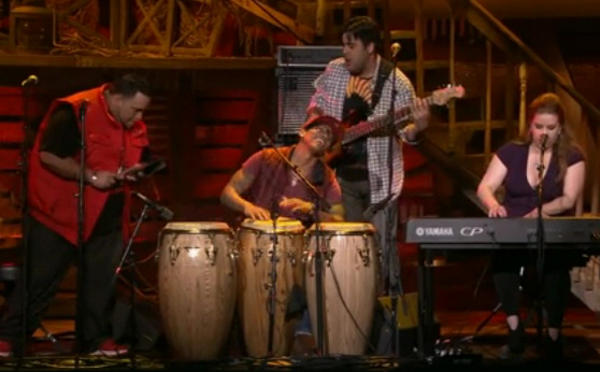
The final speaker of the session, and of the day, was Allan Savory, a Zimbabwean biologist & environmentalist, to talk about desertification. We continue to believe that livestock destroys the environment, but we know find that the inverse may be true ; In nature, the giant plains are trampled by huge herds of grazing animals, who keep moving to find more food and less predators.
Allan Savory works with herders to mimic nature, and recreate those huge herds in "holisitc planned grazing".
The results are… Oh My Science why are we not funding this, I want to give you all my money !!
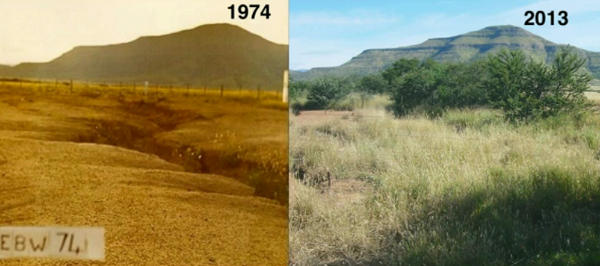
Commentaires
More on de-extinction : "Scientists want to bring 22 animals back from extinction", thejournal.ie
